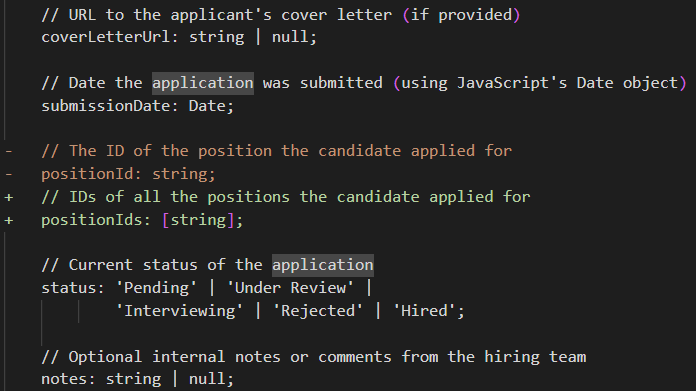The cost of design iteration in software engineering
I ran into this tweet from about a month ago:
programmers have a dumb chip on their shoulder that makes them try and emulate traditional engineering there is zero physical cost to iteration in software - can delete and start over, can live patch our approach should look a lot different than people who build bridges
I have to say that I would strongly disagree with this statement. Using the building example, it is obvious that moving a window in an already built house is expensive. Obviously, it is going to be cheaper to move this window during the planning phase.
The answer is that it may be cheaper, but it won’t necessarily be cheap. Let’s say that I want to move the window by 50 cm to the right. Would it be up to code? Is there any wiring that needs to be moved? Do I need to consider the placement of the air conditioning unit? What about the emergency escape? Any structural impact?
This is when we are at the blueprint stage - the equivalent of editing code on screen. And it is obvious that such changes can be really expensive. Similarly, in software, every modification demands a careful assessment of the existing system, long-term maintenance, compatibility with other components, and user expectations.This intricate balancing act is at the core of the engineering discipline.
A civil engineer designing a bridge faces tangible constraints: the physical world, regulations, budget limitations, and environmental factors like wind, weather, and earthquakes.While software designers might not grapple with physical forces, they contend with equally critical elements such as disk usage, data distribution, rules & regulations, system usability, operational procedures, and the impact of expected future changes.
Evolving an existing software system presents a substantial engineering challenge.Making significant modifications without causing the system to collapse requires careful planning and execution.The notion that one can simply "start over" or "live deploy" changes is incredibly risky.History is replete with examples of major worldwide outages stemming from seemingly simple configuration changes.A notable instance is the Google outage of June 2025, where a simple missing null check brought down significant portions of GCP. Even small alterations can have cascading and catastrophic effects.
I’m currently working on a codebase whose age is near the legal drinking age. It also has close to 1.5 million lines of code and a big team operating on it. Being able to successfully run, maintain, and extend that over time requires discipline.
In such a project, you face issues such as different versions of the software deployed in the field, backward compatibility concerns, etc. For example, I may have a better idea of how to structure the data to make a particular scenario more efficient. That would require updating the on-disk data, which is a 100% engineering challenge. We have to take into consideration physical constraints (updating a multi-TB dataset without downtime is a tough challenge).
The moment you are actually deployed, you have so many additional concerns to deal with. A good example of this may be that users are used to stuff working in a certain way. But even for software that hasn’t been deployed to production yet, the cost of change is high.
Consider the effort associated with this update to a JobApplication class:

This looks like a simple change, right? It just requires that you (partial list):
- Set up database migration for the new shape of the data.
- Migrate the existing data to the new format.
- Update any indexes and queries on the position.
- Update any endpoints and decide how to deal with backward compatibility.
- Create a new user interface to match this whenever we create/edit/view the job application.
- Consider any existing workflows that inherently assume that a job application is for a single position.
- Can you be partially rejected? What is your status if you interviewed for one position but received an offer for another?
- How does this affect the reports & dashboard?
This is a simple change, no? Just a few characters on the screen. No physical cost. But it is also a full-blown Epic Task for the project - even if we aren’t in production, have no data to migrate, or integrations to deal with.
Software engineersoperate under constraints similar to other engineers, including severe consequences for mistakes (global system failure because of a missing null check). Making changes to large, established codebases presents a significant hurdle.
The moment that you need to consider more than a single factor, whether in your code or in a bridge blueprint, there is a pretty high cost to iterations. Going back to the bridge example, the architect may have a rough idea (is it going to be a Roman-style arch bridge or a suspension bridge) and have a lot of freedom to play with various options at the start. But the moment you begin to nail things down and fill in the details, the cost of change escalates quickly.
Finally, just to be clear, I don’t think that the cost of changing software is equivalent to changing a bridge after it was built. I simply very strongly disagree that there is zero cost (or indeed, even low cost) to changing software once you are past the “rough draft” stage.






Comments
Comment preview
Join the conversation...